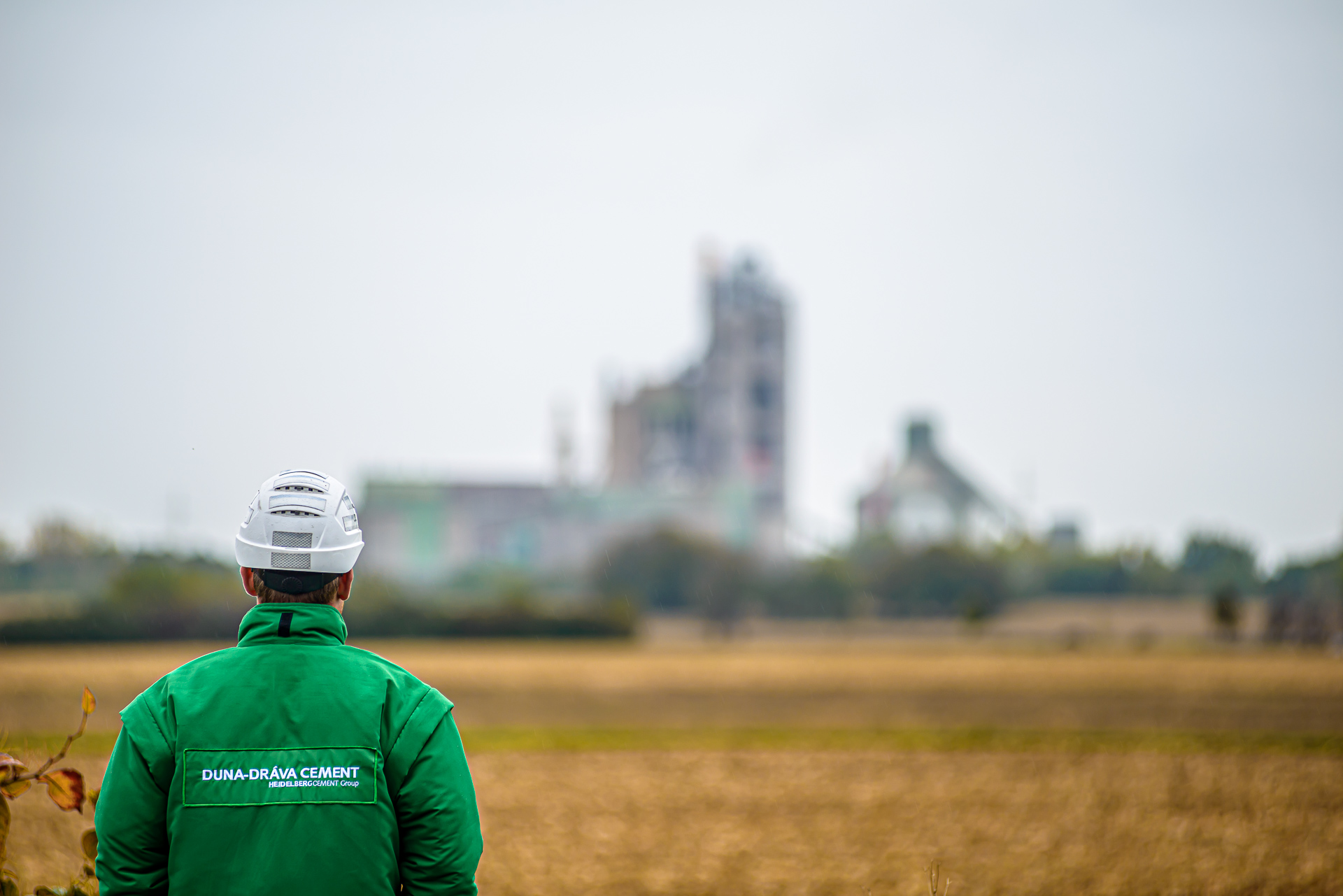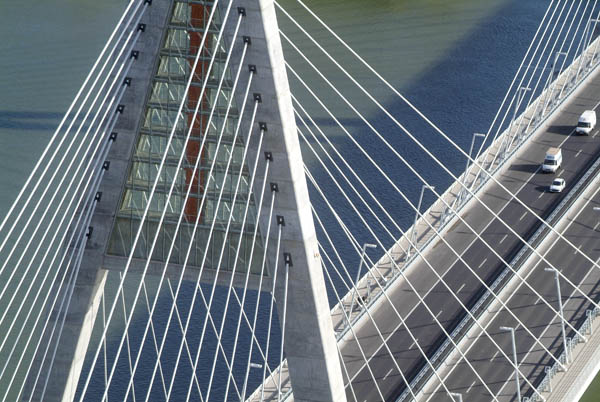M0 Highway
During the construction of the section of M0, to where the Duna-Dráva Cement Kft. transports the basic commodity, 142 500 tons of cement and 375 500 m3 of concrete were used. The majority of these quantities were used to the distance between M5 and M3, the shorter distance between M7 and M6 and the construction of the road M31. The first distance between M5 and M4 was given for the traffic in 2005.
In recent years because of the increased heavy traffic, the roads have to be designed and built to be able to withstand the huge strain. Nevertheless the M0 beltway has to take much more weight than the other roads of the country. Three decades after, the first road with concrete pavement was built in 2005, the district between the No. 4 main road and the M5 highroad. After that the eastern sector and the M31 motorway were also constructed All of them were made with single-layer concrete cover. The previously completed sections were roughed with gunny and steel broom in cross and longitudinal direction. The southern section was made with The southern section was made with the so-called dual-layer jointed reinforced, exposed aggregate concrete method, a technique previously unused in Hugary, with a thickness of 21+5 cm. The traditional rough method gives us a ribbed surface but the new technology is more homogenous, similar to the asphalt’s fabric. Thereby it is more aesthetic and results in a safer surface from the aspect of traffic technology because the rib can be abraded, as a result of the loading of vehicular traffic.
Location
Körgyűrű1111 Budapest (Hungary)
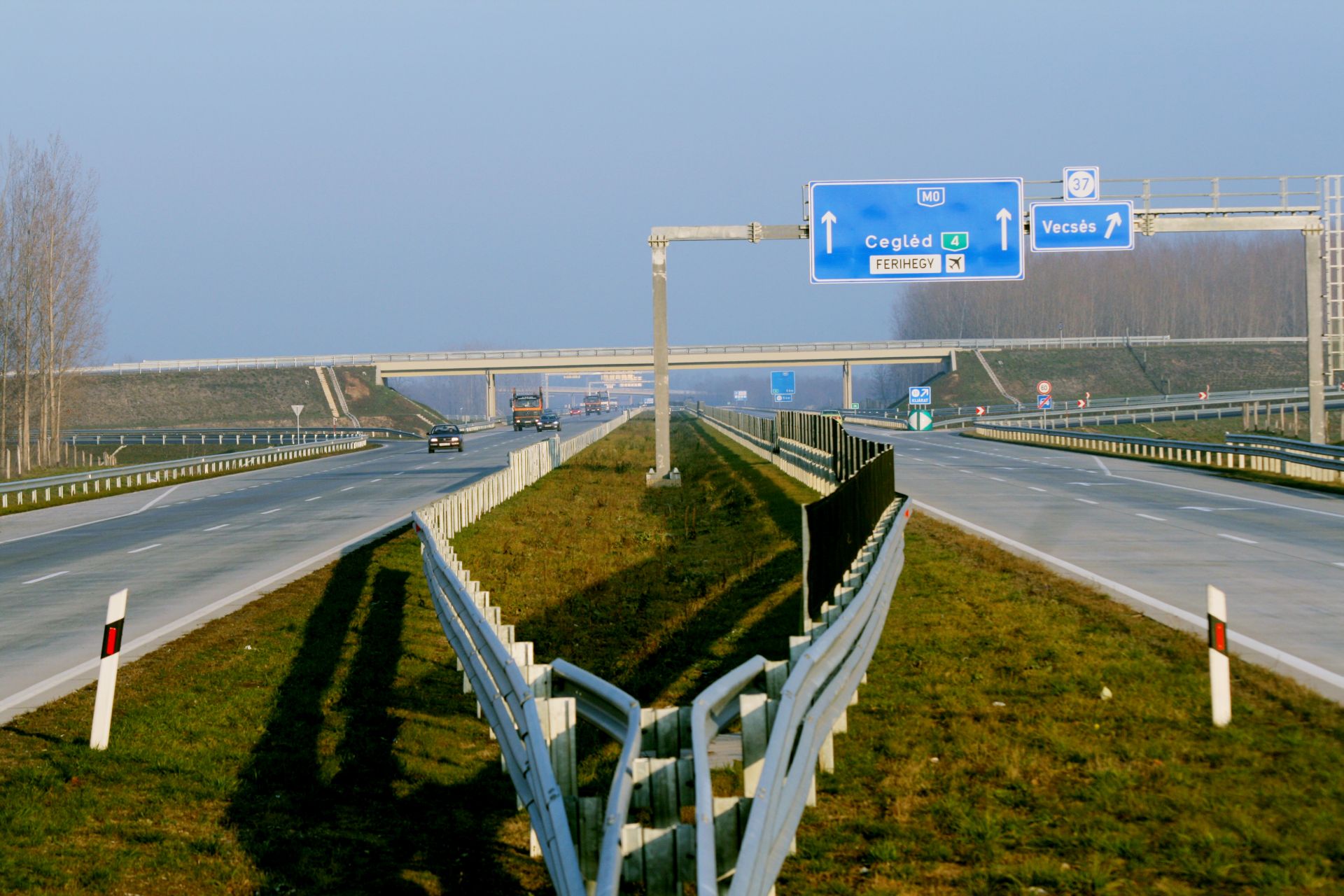
M0 Highway.
Duna-Dráva Cement Kft.
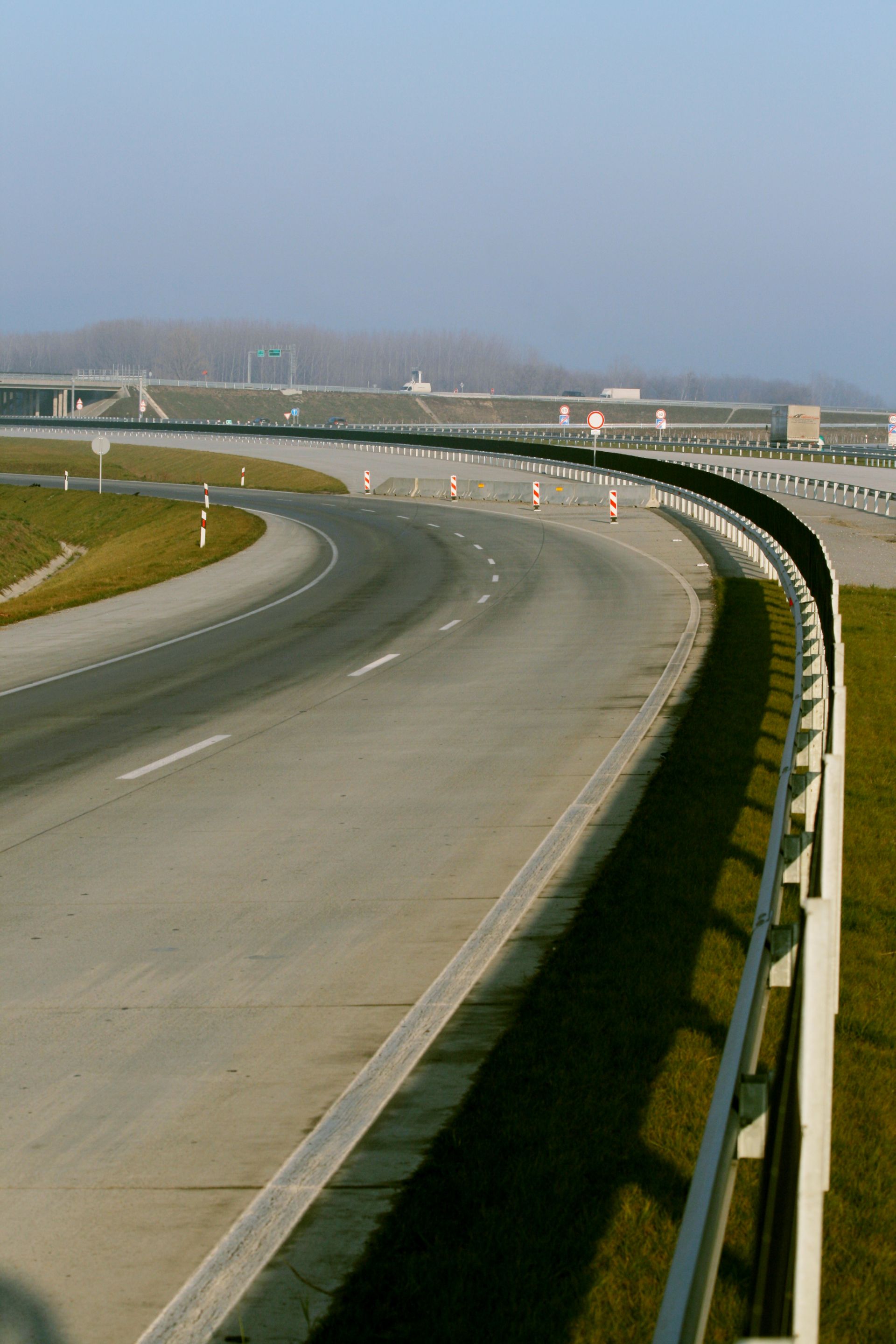
M0 Highway.
Duna-Dráva Cement Kft.
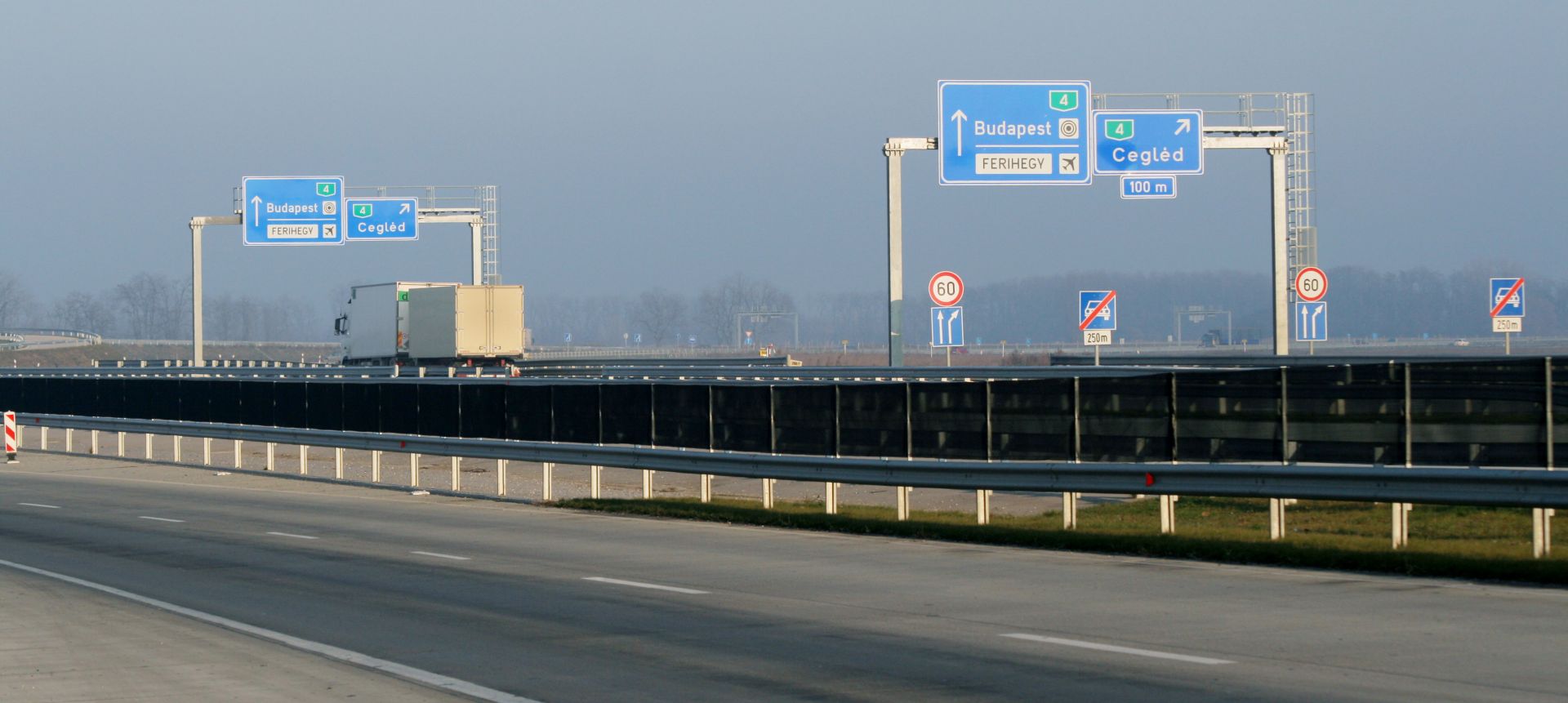
M0 Highway.
Duna-Dráva Cement Kft.
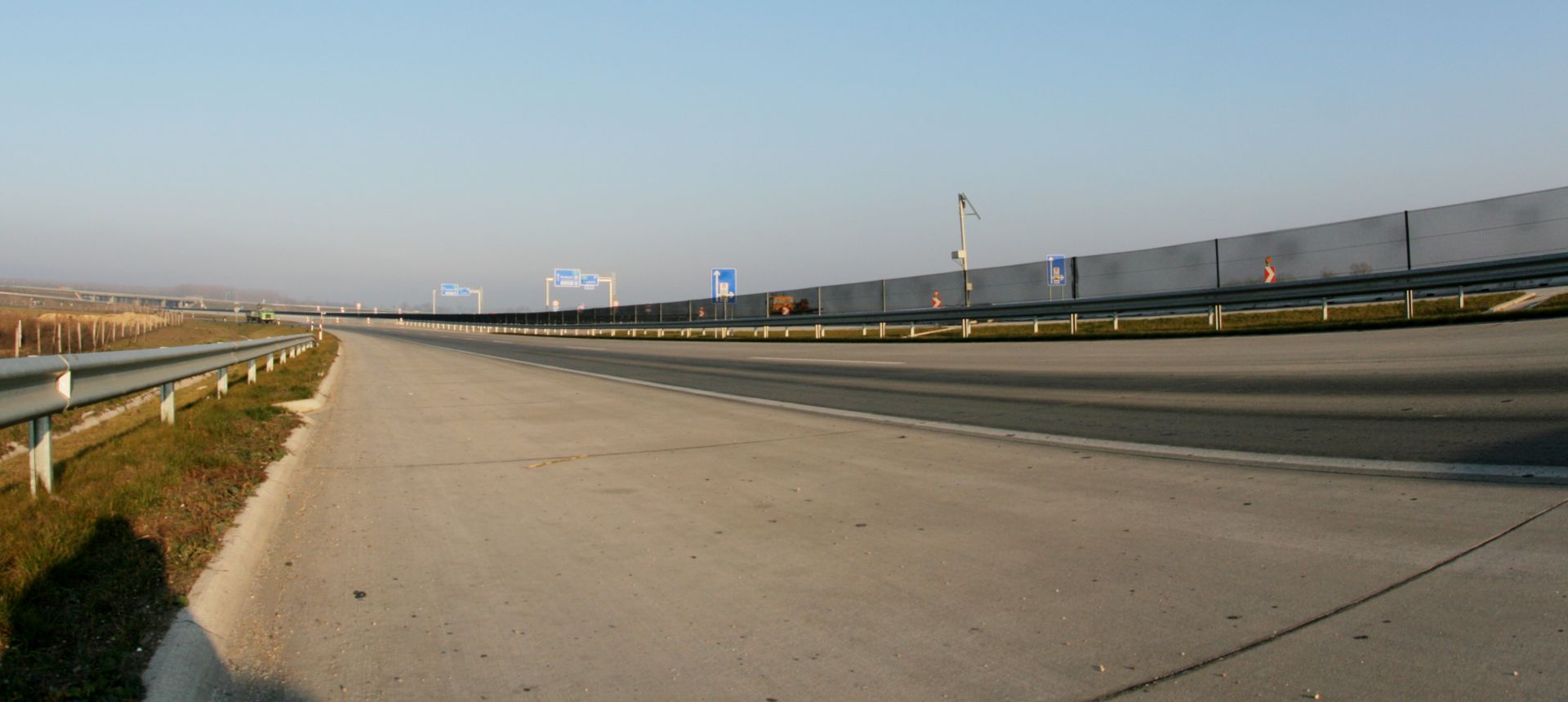
M0 Highway.
Duna-Dráva Cement Kft.
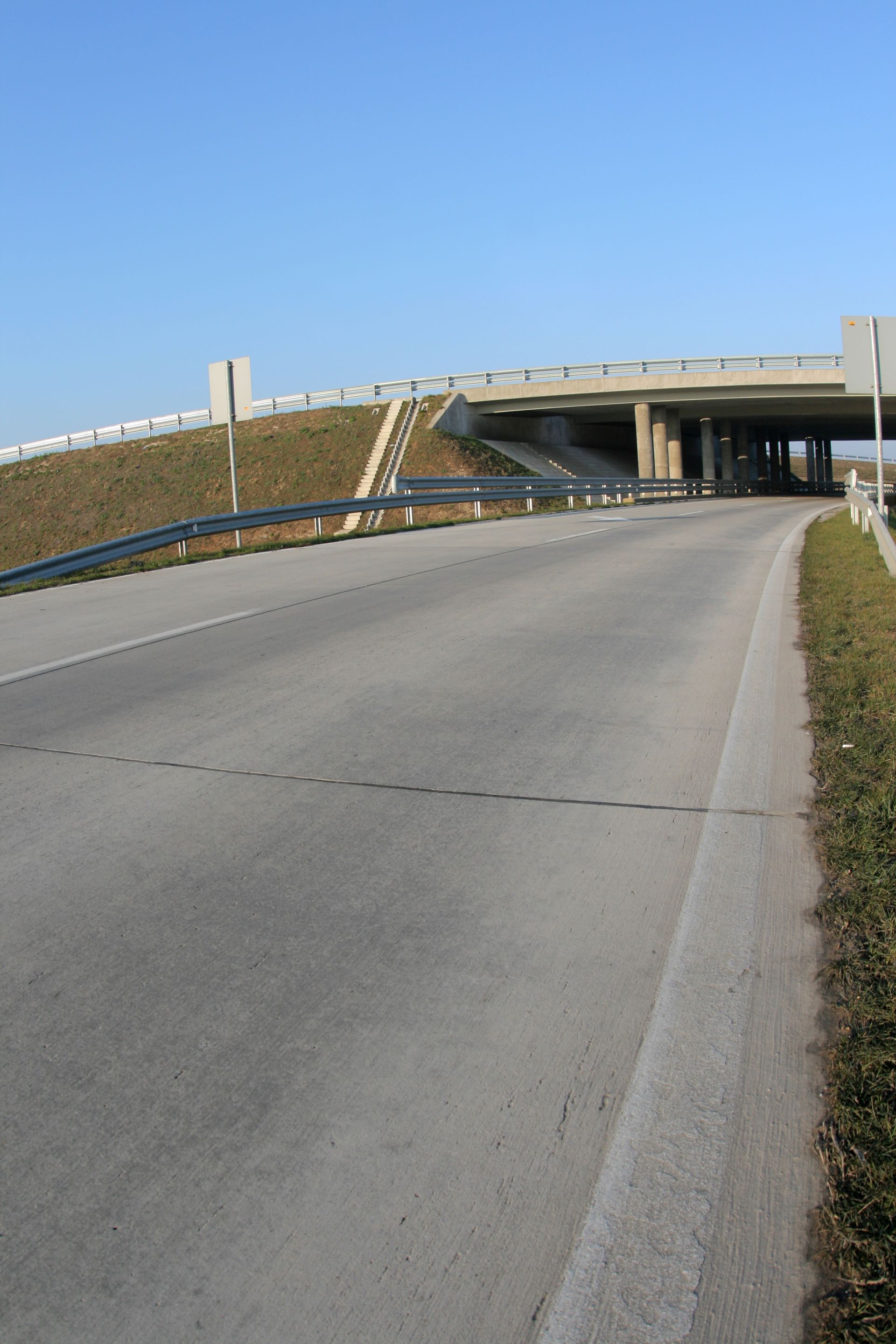
M0 Highway.
Duna-Dráva Cement Kft.
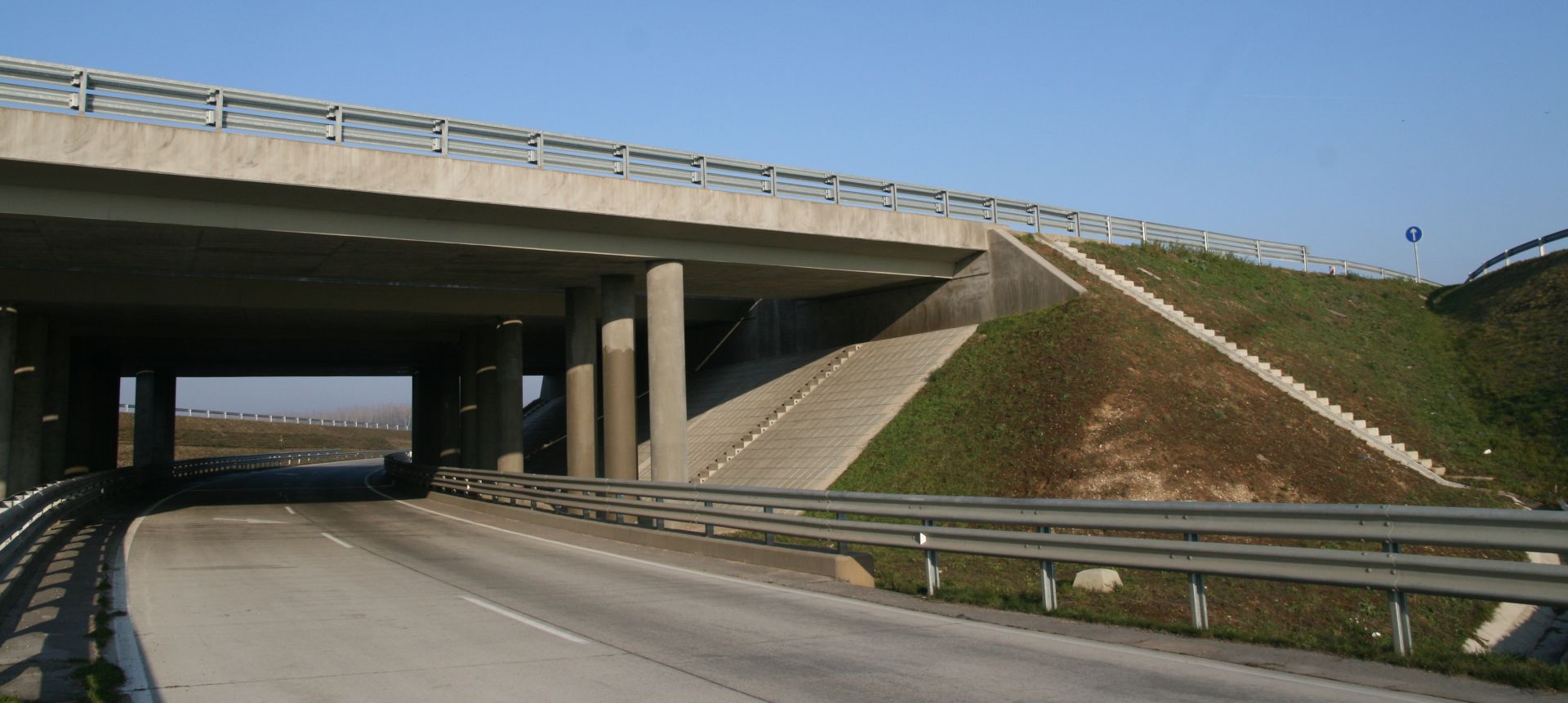
M0 Highway.
Duna-Dráva Cement Kft.
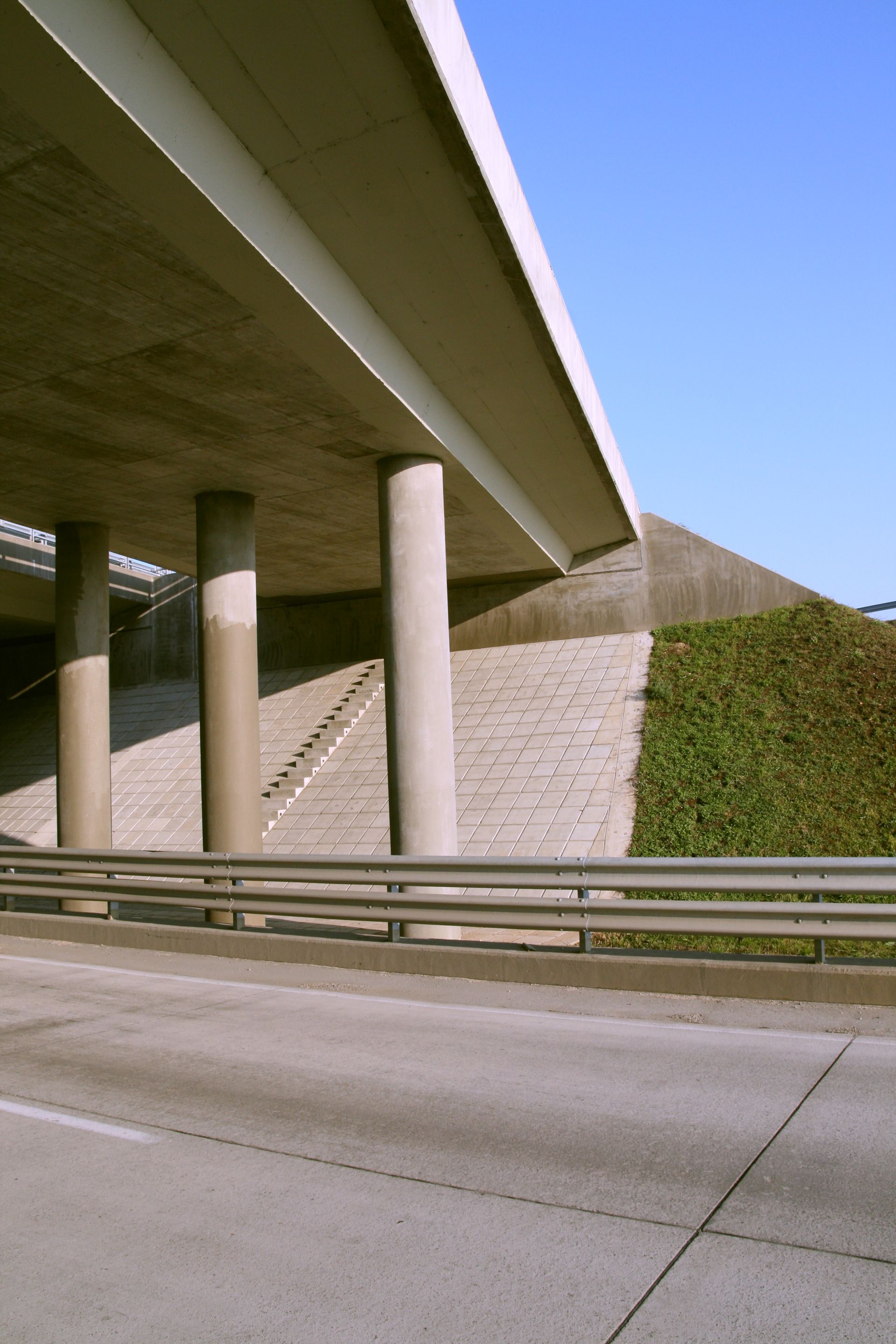
M0 Highway.
Duna-Dráva Cement Kft.
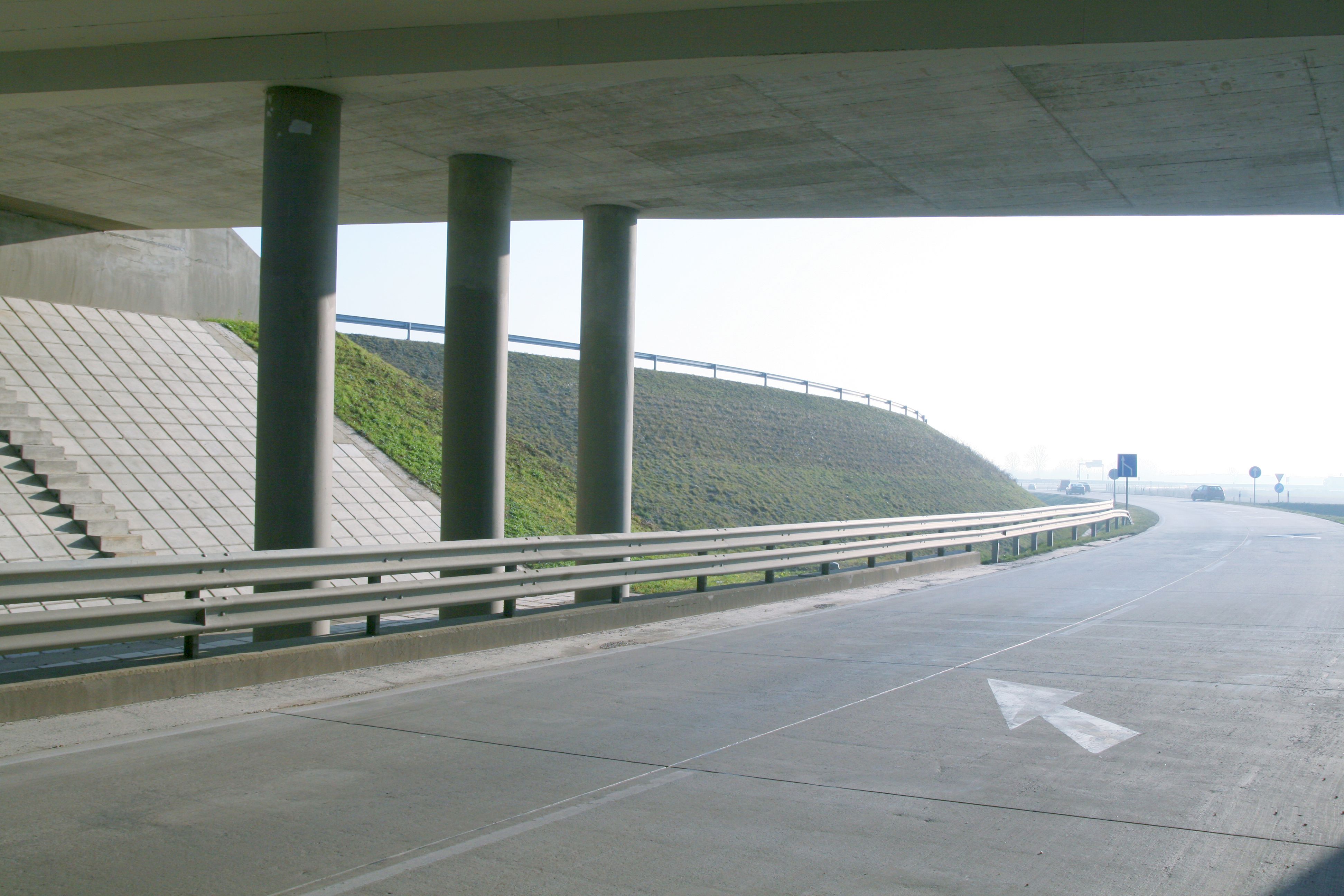
M0 Highway.

M0 Highway.
Duna-Dráva Cement Kft.

M0 Highway.
Duna-Dráva Cement Kft.

M0 Highway.
Duna-Dráva Cement Kft.

M0 Highway.
Duna-Dráva Cement Kft.

M0 Highway.
Duna-Dráva Cement Kft.

M0 Highway.
Duna-Dráva Cement Kft.

M0 Highway.
Duna-Dráva Cement Kft.

M0 Highway.
